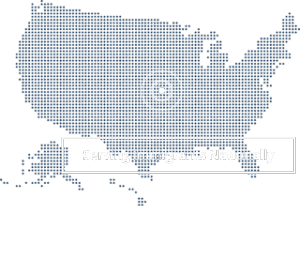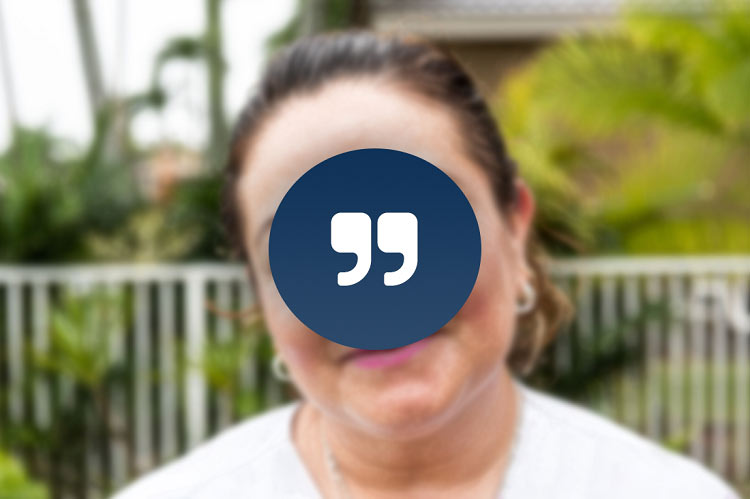Removing Conditions on Your Green Card
Going from conditional residence to permanent residence using Form I-751
Removing Conditions on Your Green Card
Going from conditional residence to permanent residence using Form I-751
What’s a conditional green card?
If you applied for legal permanent residence (LPR) based on marriage to a U.S. citizen or LRP within two years of that marriage, then the U.S. Citizenship & Immigration Services will issue a “conditional green card” that will expire two years from the date of issuance. Conditional permanent residency is essentially a two-year “testing period” designed to stop marriage fraud by guaranteeing that only people who entered into a “real” marriage would obtain immigration benefits.
Frequently Asked Questions about Removing Conditions on your Green Card
What benefits can I get if I have a conditional green card? What am I required to do differently?
During the two-year period, you will receive most of the benefits available to LPRs, including work authorization, ability to travel in and outside of the U.S., and count the time spend as a conditional resident toward the 3-year residency requirement to become a U.S. citizen. You may also petition for any qualifying relatives, such as a parent or child.
The most important thing to remember is that you and your spouse must jointly petition to remove the conditions on your status 90-days before your conditional green card expires.
How do I remove the conditions on my green card?
You and your spouse must file Form I-751, Petition to Remove Conditions on Residence, during the 90-day period before your conditional green card expires.
You are eligible to remove your conditional residency if you:
1) Are still married to the same U.S. citizen or lawful permanent resident spouse after 2 years; and
2) Satisfy the bona fide marriage requirement.
The term bona fide is Latin for “in good faith,” and you can meet this requirement by including joint income taxes, joint bank accounts, utility bills and lease in both names, joint purchases, family photographs, birth certificates of children born within the two-year period, or copies of medical documents showing pregnancy. These evidentiary documents are the easiest way to prove a bona fide marriage exists.
When do I need to do something to remove the conditions on my green card?
You and your spouse must jointly petition to remove the conditions on your status 90-days before your conditional green card expires. “Filed” means that the USCIS actually received the joint petition by the deadline date, not simply postmarked by the deadline. If it is granted, you will be issued an LPR card with a 10-year expiration date. In other words, you will become a regular lawful permanent resident.
Do I need a lawyer’s help to remove the conditions on my green card?
Not necessarily, but a lot can happen within this two-year waiting period that can complicate the process. For example, your spouse dies, or you and your spouse divorced, legally separated, or one spouse refuses to cooperate in filing the joint petition. Further, having children who also obtained conditional residency adds new levels of complexity that an experienced immigration lawyer can help you navigate through.
If divorce, legal separation, or your U.S. citizen spouse or legal permanent resident spouse refuses to cooperate, or he or she died, then you must file a waiver of the joint petition requirement in order to remove your conditional status. Additionally, a special “battered spouse waiver” of the two-year period is available for victims of domestic abuse. Instead of enduring an abusive or harmful relationship for two years in hopes that your abusive spouse will help file the joint petition, you have the option of leaving the relationship and remove the conditions without your spouse. There are other circumstances a waiver may apply and consulting with an experienced immigration lawyer can help you identify whether you qualify.
Furthermore, there are instances where the USCIS can terminate your conditional residency during the two-year waiting period. If so, the USCIS must sent you written notice that it intends to terminate your conditional residency and you will be provided an opportunity to respond to the charges. With the help of an experienced immigration lawyer, you can utilize fully this opportunity to respond and exhaust all other options to appeal any denial of your petition.
What happens if I don’t remove the conditions on my green card?
It is critical to keep track of the 90-day deadline before your two-year conditional residency expires. If the joint petition (or waiver) is filed too soon, it will be rejected, and you may possibly lose the filing fee. If you fail to timely file to remove your conditions, your status will automatically terminate, and you become removable from the U.S. This means that the government will initiate removal proceedings against you by issuing a Notice to Appear (NTA) before an immigration judge, which is a lengthy and expensive process. You could remain in removal proceedings for many years while you defend your case in immigration court.



